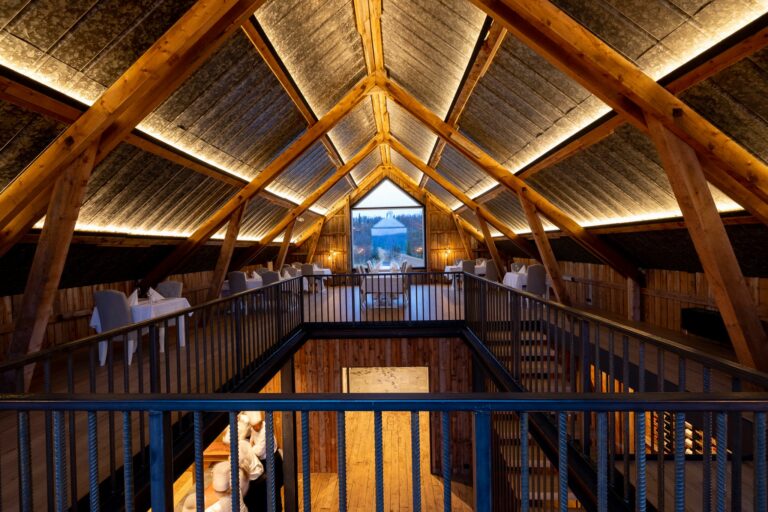Iceland vs Northern Norway for your aurora holiday
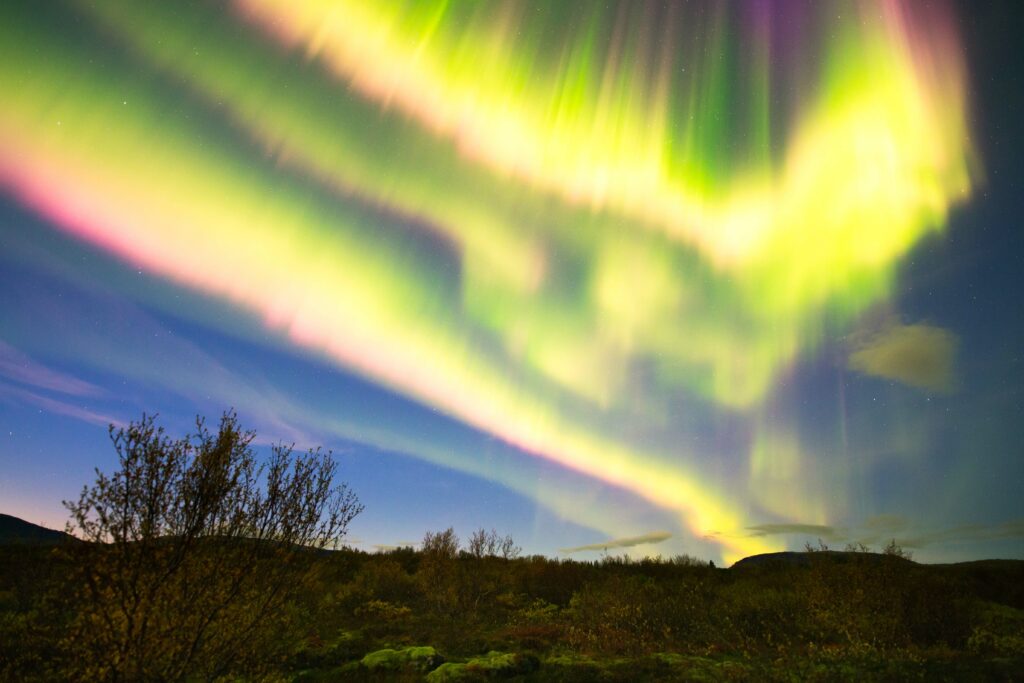
Iceland and Norway are two of the best destinations in the world to gaze at the famous aurora borealis. What is the best aurorawise? Iceland vs Northern Norway?
If the aurora borealis has been on your bucket list for so long and you were thinking about taking a trip to see it, this article is for you. If you were thinking about going again, read on as well!
Lots of people debate where it’s best to go. While booking a trip, they usually ask other people with experience or look at photos on the Internet. Sure enough, they will find gorgeous aurora pictures for both countries. However there are a few parameters that travel agencies or tour operators omit to clarify when it comes to aurora. So Norway or Iceland?

The first myth to debunk is the distance between the two countries. It might not look that way on a flat map, but Iceland and Northern Norway are really close together. They’re only 2,5 hours in crow’s flight from Reykjavik to Oslo and Tromsø! So depending on where you are coming from, the distance should not really be the decisive factor here. Actually at the aurora borealis observatory, we still have a lot of people coming from the Americas, knowing that Iceland is closer.
The geomagnetic location
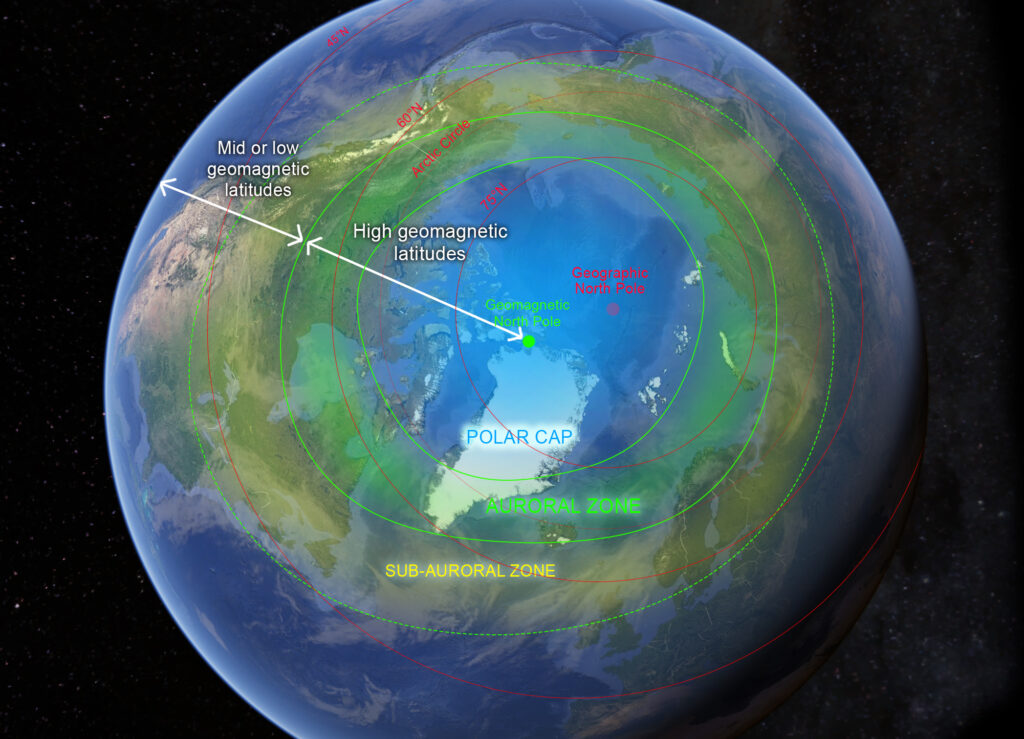
This map shows you the geomagnetic latitudes of both destinations. It shows you that for the same geographic latitude, you don’t necessarily get the same geomagnetic latitude. Northern Norway is much higher geographically (67-70°N) than Iceland (63-66.5°N). However they’re Iceland is about as high geomagnetically as northern Norway. Both locations are in the auroral zone, where most of the aurora on Earth is created. There is therefore no real significant difference in the way you will see aurora in Iceland and Norway if you stay at that geomagnetic latitude. However this year alone, we have been able to witness more auroral coronas than Iceland, as we constantly monitor other places as well. Auroral coronas are those bright and colorful explosions that everyone wants to see:

Auroral corona from the observatory in northern Norway
The weather

For having experienced the weather in both countries multiple times, this is the point you should take into consideration for your trip. Both Iceland and Norway are under the influence of the eastward oceanic current dubbed Gulf stream. It generally brings in moisture and a temperate climate. During the aurora season, this current also often brings in bad storms. Norway generally undergoes a few of those in the winter but there is nothing like a storm in Iceland. It’s not uncommon that Icelandic roads are closed for several days around the island. In addition to that, the volcanism on the island gives birth to a very unpredictable weather. It might be trivial but the steam from the ground often produces a layer of low clouds that will prevent you from gazing at the aurora. In northern Norway, there is also bad weather and precipitations in the wintertime but the Gulf stream is not as strong. It meets the polar vortex bringing cold air from the North, which oftentimes clears up the sky. We will always remember the 10 days of continuous rain when we visited Iceland again in February 2017. Don’t get us wrong, Iceland can also have those completely clear skies but it is very rare and you often have to actually chase clear nice before even thinking of chasing aurora. Sometimes you will have to drive several hundred kilometers just to find a patch of clear skies!
Accessibility and prices
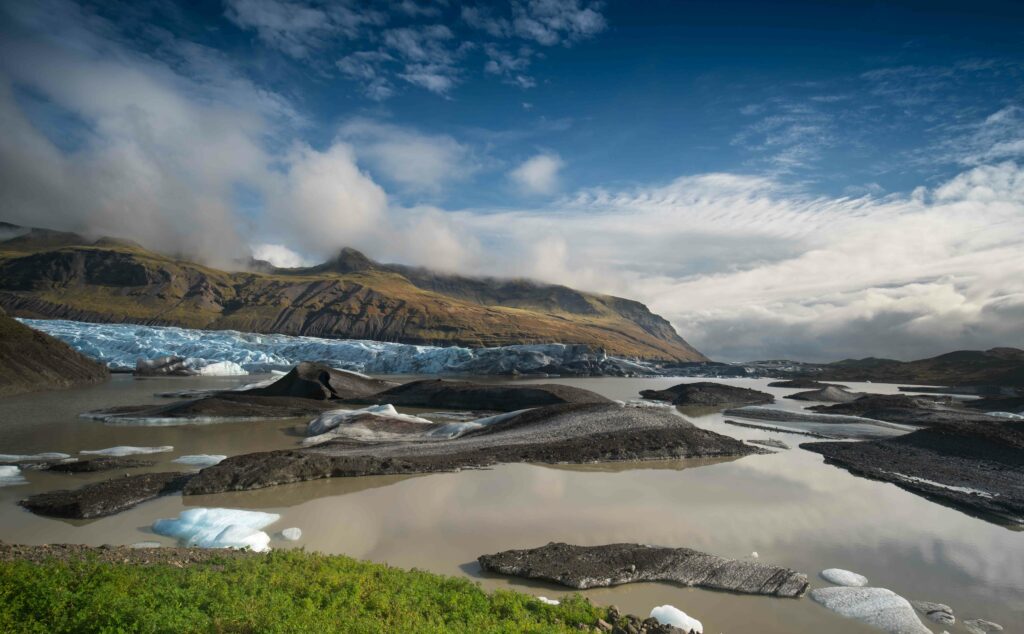
Both countries have a very expensive way of life. They’re quite isolated and have immense distances, so goods need to be imported and carried to those locations, explaining the high prices. We haven’t really found a significant difference in the prices between the two countries whether for food or accommodation.
For accessibility, both countries have a major airport in the capital and smaller ones that you can access as well if you don’t want to drive. You will also be able to rent a car there and the driving conditions are about the same. However you will most likely have to drive more in Iceland to find a variety of different landscapes. In northern Norway, you will have to drive as well but certainly not as much to find drastically different scenery.
Landscape
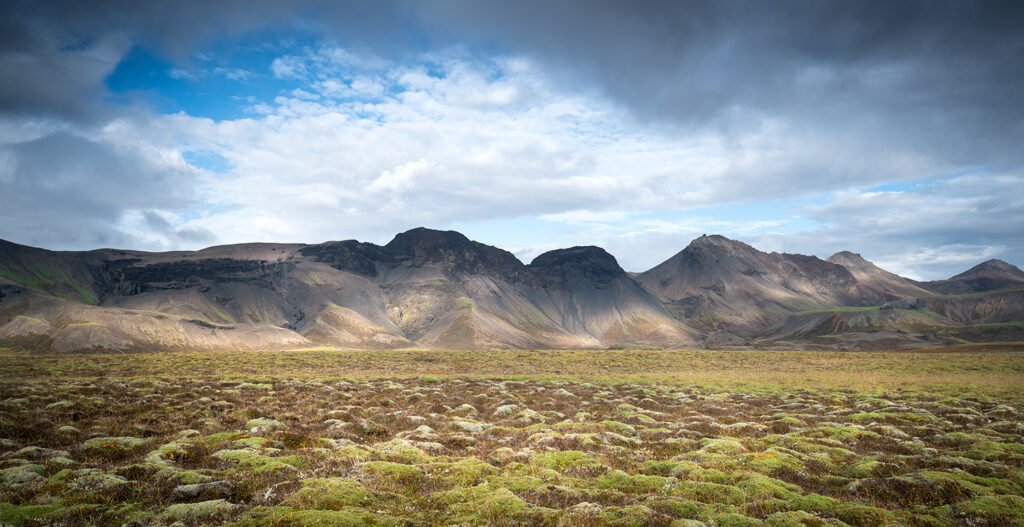
Iceland and Norway are amongst the most beautiful countries on the planet. In each one, you will definitely find arctic landscapes. They’re not as similar as you think though, so it depends on what you want to visit. Iceland is famous for its lunar plains, geyser, volcanic activity, waterfalls, glaciers, basalt beaches, Viking houses and icebergs. Norway on the other hand is more famous for its endless fjords that are all different from one another. You will also find tons of fishing houses, abundant wildlife, sharp mountain formations, white-sanded beaches and turquoise water, and lots of waterfalls as well.
Iceland vs Northern Norway? As a conclusion Iceland and northern Norway are very similar on many points. The landscape might be slightly different so it will be up to you to decide what you want to do during the day. Both countries offer outstanding landscapes and different activities as well. However when we exclusively talk about aurora, the favor is on Norway’s side. Considering the ton of feedback from people who have visited both places, including us, we recommend to choose Norway over Iceland, mostly because of the weather.
Article by @adrien Mauduit from Night Lights Films




